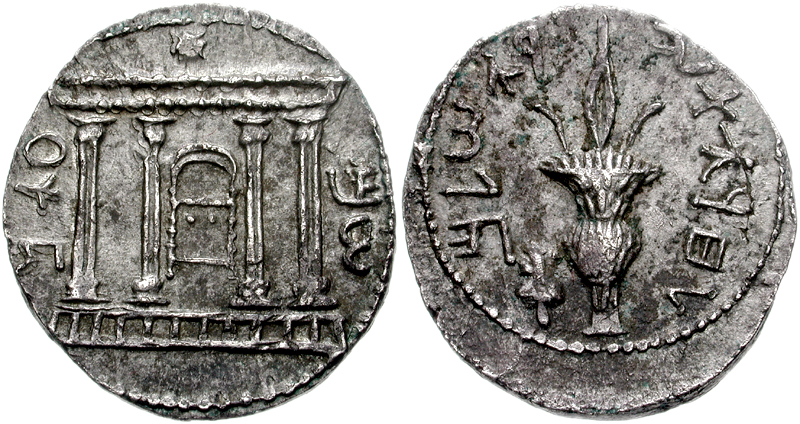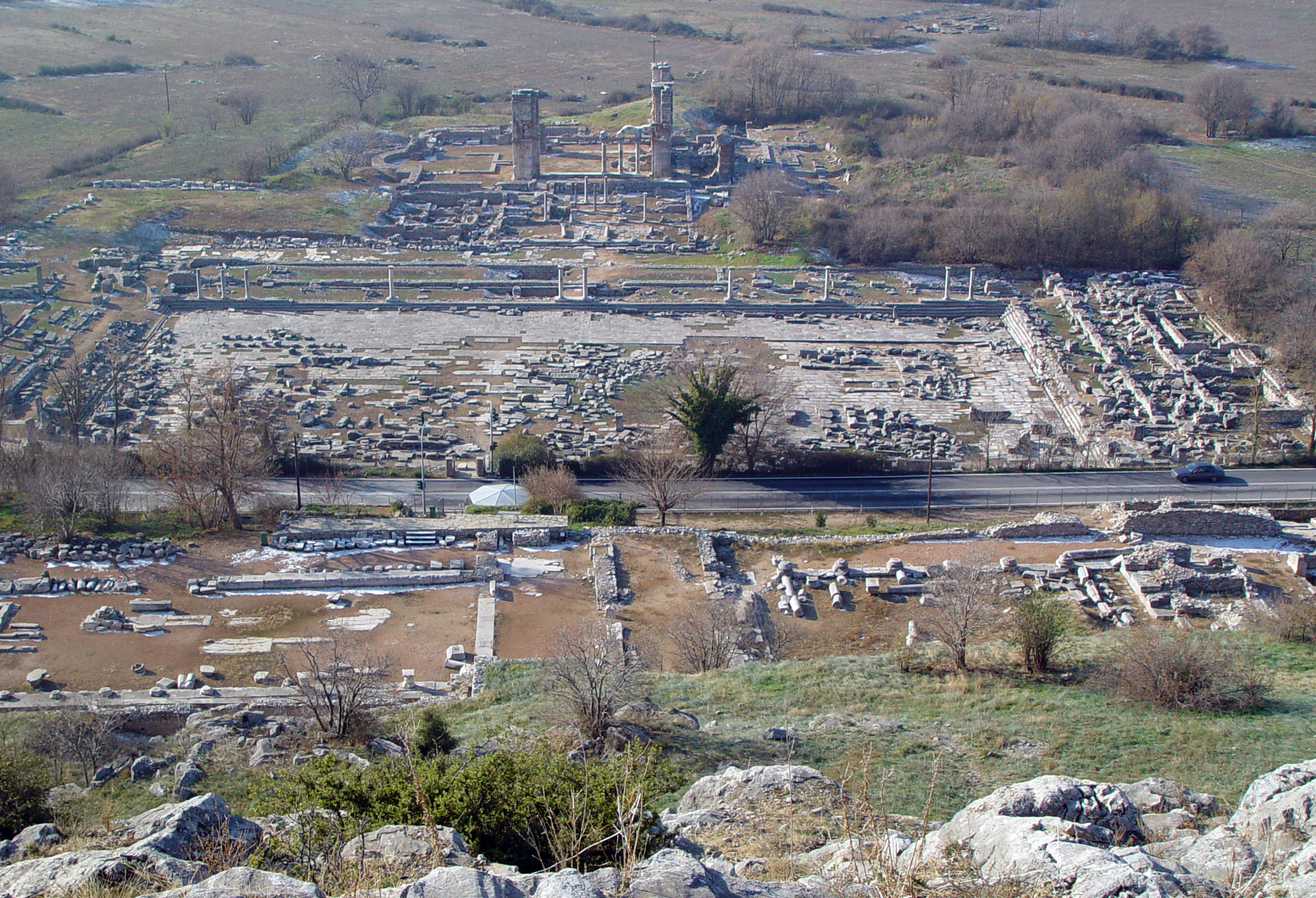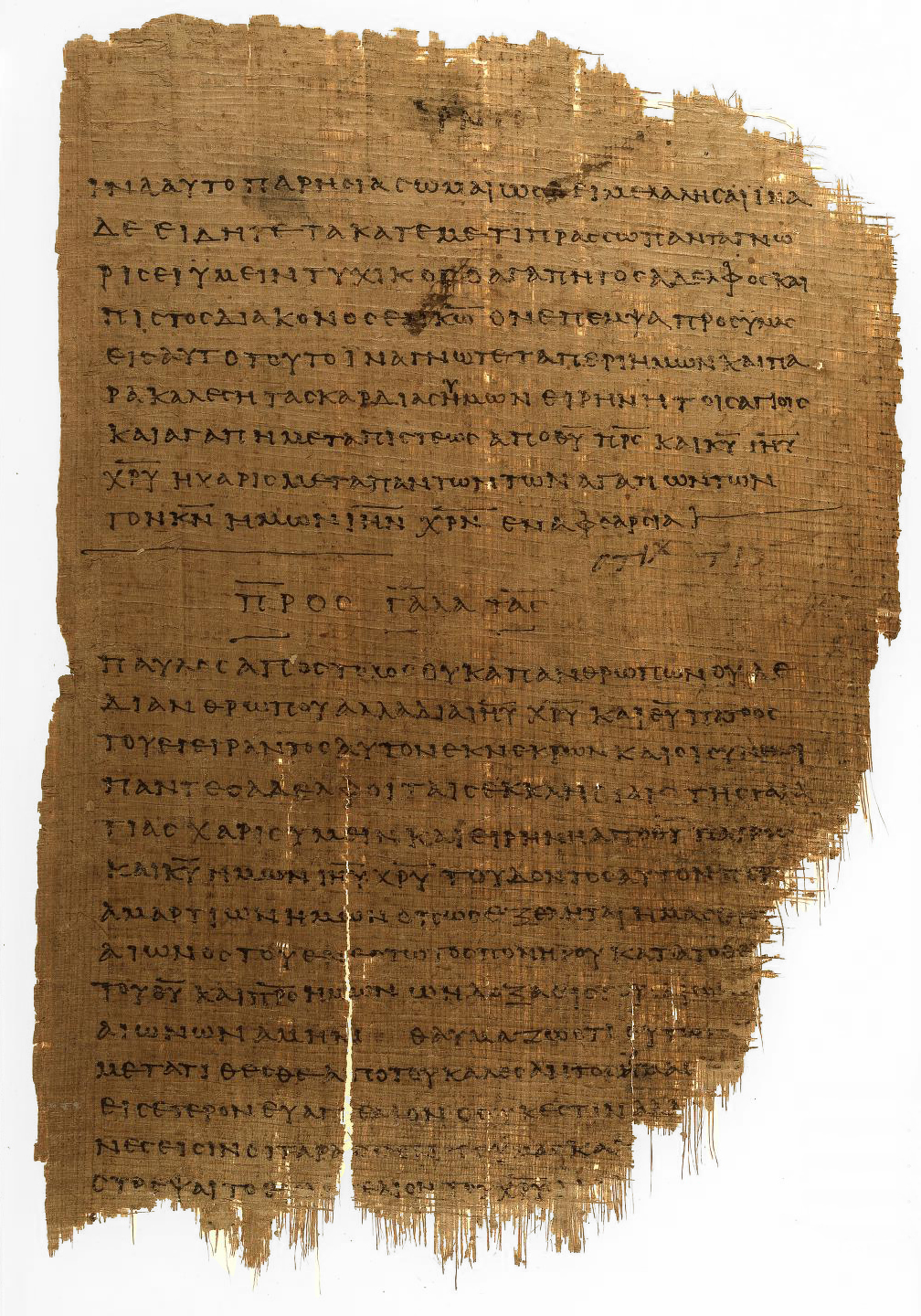|
Bible Translations Into Nubian
__NOTOC__ The Bible was translated into Old Nubian during the period when Christianity was dominant in Nubia (southern Egypt and northern Sudan). Throughout the Middle Ages, Nubia was divided into separate kingdoms: Nobadia, Makuria and Alodia. Old Nubian was the standard written form in all three kingdoms. Of the living Nubian languages, it is modern Nobiin which is the closest to Old Nubian and probably its direct descendant. The date of the first translation of the Bible into Old Nubian is unknown. Probably it was not long after the establishment of Christianity in the sixth century. The Nubian Bible was translated from the original Greek in the case of the New Testament and in the case of the Old Testament (Hebrew Bible) mainly from the Septuagint (the earliest Greek translation) with possibly some input from the Hexapla (which included the original Hebrew as well as the Septuagint and four other texts). With the Islamization of Nubia in the 14th and 15th centuries, the Nubian ... [...More Info...] [...Related Items...] OR: [Wikipedia] [Google] [Baidu] |
Bible
The Bible is a collection of religious texts that are central to Christianity and Judaism, and esteemed in other Abrahamic religions such as Islam. The Bible is an anthology (a compilation of texts of a variety of forms) originally written in Hebrew, Aramaic, and Koine Greek. The texts include instructions, stories, poetry, prophecies, and other genres. The collection of materials accepted as part of the Bible by a particular religious tradition or community is called a biblical canon. Believers generally consider it to be a product of divine inspiration, but the way they understand what that means and interpret the text varies. The religious texts were compiled by different religious communities into various official collections. The earliest contained the first five books of the Bible, called the Torah in Hebrew and the Pentateuch (meaning 'five books') in Greek. The second-oldest part was a collection of narrative histories and prophecies (the Nevi'im). The third co ... [...More Info...] [...Related Items...] OR: [Wikipedia] [Google] [Baidu] |
Biblical Hebrew
Biblical Hebrew ( or ), also called Classical Hebrew, is an archaic form of the Hebrew language, a language in the Canaanite languages, Canaanitic branch of the Semitic languages spoken by the Israelites in the area known as the Land of Israel, roughly west of the Jordan River and east of the Mediterranean Sea. The term 'Hebrew' was not used for the language in the Hebrew Bible, which was referred to as 'language of Canaan' or 'Judean', but it was used in Koine Greek and Mishnaic Hebrew texts. The Hebrew language is attested in inscriptions from about the 10th century BCE, when it was almost identical to Phoenician language, Phoenician and other Canaanite languages, and spoken Hebrew persisted through and beyond the Second Temple period, which ended in 70 CE with the siege of Jerusalem (70 CE), siege of Jerusalem. It eventually developed into Mishnaic Hebrew, which was spoken until the 5th century. The language of the Hebrew Bible reflects various stages of ... [...More Info...] [...Related Items...] OR: [Wikipedia] [Google] [Baidu] |
December 25
Events Pre-1600 * 36 – Forces of Emperor Guangwu of the Eastern Han, under the command of Wu Han, conquer the separatist Chengjia empire, reuniting China. * 274 – A temple to Sol Invictus is dedicated in Rome by Emperor Aurelian. * 333 – Roman Emperor Constantine the Great elevates his youngest son Constans to the rank of '' Caesar''. * 336 – First documentary sign of Christmas celebration in Rome. * 350 – Vetranio meets Constantius II at Naissus (Serbia) and is forced to abdicate his imperial title. Constantius allows him to live as a private citizen on a state pension. * 508 – Clovis I, king of the Franks, is baptized into the Catholic faith at Reims, by Saint Remigius. * 597 – Augustine of Canterbury and his fellow-labourers baptise in Kent more than 10,000 Anglo-Saxons. * 800 – The coronation of Charlemagne as Holy Roman Emperor, in Rome. * 820 – Eastern Emperor Leo V is murdered in a church of the Great Pal ... [...More Info...] [...Related Items...] OR: [Wikipedia] [Google] [Baidu] |
Coptic Bible
There have been many Coptic versions of the Bible, including some of the earliest translations into any language. Several different versions were made in the ancient world, with different editions of the Old and New Testament in five of the dialects of Coptic: Bohairic (northern), Fayyumic, Sahidic (southern), Akhmimic and Mesokemic (middle). Biblical books were translated from the Alexandrian Greek version. The Sahidic was the leading dialect in the pre-Islamic period, after the 11th century Bohairic became dominant and the only used dialect of the Coptic language. Partial copies of a number of Coptic Bibles survive. A considerable number of apocryphal texts also survive in Coptic, most notably the Gnostic Nag Hammadi library. Coptic remains the liturgical language of the Coptic Church and Coptic editions of the Bible are central to that faith. Old Testament Translators of books of the Old Testament into Egyptian dialects were naturally made from the Alexandrian Greek ... [...More Info...] [...Related Items...] OR: [Wikipedia] [Google] [Baidu] |
Gospel Of John
The Gospel of John () is the fourth of the New Testament's four canonical Gospels. It contains a highly schematic account of the ministry of Jesus, with seven "Book of Signs, signs" culminating in the raising of Lazarus (foreshadowing the resurrection of Jesus) and seven "I am (biblical term), I am" discourses (concerned with issues of the Split of early Christianity and Judaism, church–synagogue debate at the time of composition) culminating in Thomas the Apostle, Thomas's proclamation of the risen Jesus as "my Lord and my God". The penultimate chapter's concluding verse set out its purpose, John 20:31, "that you may believe that Jesus is the Christ, the Son of God, and that believing you may have life in his name." John reached its final form around AD 90–110, although it contains signs of origins dating back to AD 70 and possibly even earlier. Like the three other gospels, it is anonymous, although it identifies an unnamed "disciple whom Jesus loved" as the source o ... [...More Info...] [...Related Items...] OR: [Wikipedia] [Google] [Baidu] |
Gospel Of Matthew
The Gospel of Matthew is the first book of the New Testament of the Bible and one of the three synoptic Gospels. It tells the story of who the author believes is Israel's messiah (Christ (title), Christ), Jesus, resurrection of Jesus, his resurrection, and his Great Commission, mission to the world. Matthew wishes to emphasize that the Jewish Christianity, Jewish tradition should not be lost in a church that was increasingly becoming gentile. The gospel reflects the struggles and conflicts between the evangelist's community and the other Jews, particularly with its sharp criticism of the scribes, chief priests and Pharisees with the position that the Kingdom of God (Christianity), Kingdom of Heaven has been taken away from them and given instead to the church. Scholars find numerous problems with the traditional attribution to the Matthew the Apostle, Apostle Matthew, though it is possible the gospel incorporates a source written by the disciple. The predominant scholarly view ... [...More Info...] [...Related Items...] OR: [Wikipedia] [Google] [Baidu] |
Gospels
Gospel originally meant the Christian message (" the gospel"), but in the second century AD the term (, from which the English word originated as a calque) came to be used also for the books in which the message was reported. In this sense a gospel can be defined as a loose-knit, episodic narrative of the words and deeds of Jesus, culminating in his trial and death, and concluding with various reports of his post-resurrection appearances. The Gospels are commonly seen as literature that is based on oral traditions, Christian preaching, and Old Testament exegesis with the consensus being that they are a variation of Greco-Roman biography; similar to other ancient works such as Xenophon's ''Memoirs of Socrates''. They are meant to convince people that Jesus was a charismatic miracle-working holy man, providing examples for readers to emulate. As such, they present the Christian message of the second half of the first century AD, Modern biblical scholars are therefore ca ... [...More Info...] [...Related Items...] OR: [Wikipedia] [Google] [Baidu] |
Epistle To The Hebrews
The Epistle to the Hebrews () is one of the books of the New Testament. The text does not mention the name of its author, but was traditionally attributed to Paul the Apostle; most of the Ancient Greek manuscripts, the Old Syriac Peshitto and some of the Old Latin manuscripts place the epistle to the Hebrews among Paul's letters. However, doubt on Pauline authorship in the Roman Church is reported by Eusebius. Modern biblical scholarship considers its authorship unknown, with Pauline authorship mostly rejected. A minority view Hebrews as written in deliberate imitation of the style of Paul, with some contending that it was authored by Apollos or Priscilla and Aquila. Scholars of Greek consider its writing to be more polished and eloquent than any other book of the New Testament, and "the very carefully composed and studied Greek of Hebrews is not Paul's spontaneous, volatile contextual Greek." It has been described as an intricate New Testament book.Mackie, Scott D. ''Esch ... [...More Info...] [...Related Items...] OR: [Wikipedia] [Google] [Baidu] |
Epistle To The Philippians
The Epistle to the Philippians is a Pauline epistle of the New Testament of the Christian Bible. The epistle is attributed to Paul the Apostle and Saint Timothy, Timothy is named with him as co-author or co-sender. The letter is addressed to the Christian church in Philippi. Paul, Timothy, Silas (and perhaps Luke the Evangelist, Luke) first visited Philippi in Early centers of Christianity#Greece, Greece (Macedonia (Roman province), Macedonia) during Paul's second Missionary journeys of Paul, missionary journey from Antioch, which occurred between approximately 50 and 52 AD. In the account of his visit in the Acts of the Apostles, Paul and Silas are accused of "disturbing the city". There is a general consensus that Philippians consists of authentically Pauline material, and that the epistle is a composite of multiple letter fragments from Paul to the church in Philippi. These letters could have been written from Ephesus in 52–55 AD or Caesarea Maritima in 57–59, but the ... [...More Info...] [...Related Items...] OR: [Wikipedia] [Google] [Baidu] |
Epistle To The Galatians
The Epistle to the Galatians is the ninth book of the New Testament. It is a letter from Paul the Apostle to a number of Early Christian communities in Galatia. Scholars have suggested that this is either the Galatia (Roman province), Roman province of Galatia in southern Early centers of Christianity#Asia Minor, Anatolia, or a large region defined by ''Galatians (people), Galatians,'' an ethnic group of Celtic people in central Anatolia. The letter was originally written in Koine Greek and later translated into other languages. In this letter, Paul is principally concerned with the controversy surrounding Gentile Christians and the Law of Moses, Mosaic Law during the Apostolic Age. Paul argues that the Gentile Galatians do not need to adhere to the tenets of the Mosaic Law, particularly religious male circumcision, by contextualizing the role of the law in light of the revelation of Christ. The Epistle to the Galatians has exerted enormous influence on the history of Christiani ... [...More Info...] [...Related Items...] OR: [Wikipedia] [Google] [Baidu] |
Epistle To The Romans
The Epistle to the Romans is the sixth book in the New Testament, and the longest of the thirteen Pauline epistles. Biblical scholars agree that it was composed by Paul the Apostle to explain that Salvation (Christianity), salvation is offered through the gospel of Jesus in Christianity, Jesus Christ. Romans was likely written while Paul was staying in the house of Gaius (biblical figure), Gaius in Ancient Corinth, Corinth. The epistle was probably transcribed by Paul's amanuensis Tertius of Iconium, Tertius and is dated AD late 55 to early 57. Ultimately consisting of 16 chapters, versions of the epistle with only the first 14 or 15 chapters circulated early. Some of these recensions lacked all reference to the original audience of Christians in Rome, making it very general in nature. Other textual variants include subscripts explicitly mentioning Corinth as the place of composition and name Phoebe (biblical figure), Phoebe, a deacon of the church in Kechries, Cenchreae, as th ... [...More Info...] [...Related Items...] OR: [Wikipedia] [Google] [Baidu] |
Apostolos (Orthodox Liturgy)
In Eastern Orthodox liturgy, the Apostolos is a book containing texts traditionally believed to be authored by one of the twelve apostles (disciples) – various epistles and the ''Acts of the Apostles'' – from which one is selected to be read during service. The Apostolos is the reading that precedes the Gospel Reading. The term is also used for the reading of the selected text. One example of this book is Ivan Fyodorov's ''Apostolos'' published in Moscow in 1564. See also *Lectionary A lectionary () is a book or listing that contains a collection of scripture readings appointed for Christianity, Christian or Judaism, Jewish worship on a given day or occasion. There are sub-types such as a "gospel lectionary" or evangeliary, ... References Further reading * Eastern Orthodox liturgical books Christian terminology {{Orthodoxy-stub ... [...More Info...] [...Related Items...] OR: [Wikipedia] [Google] [Baidu] |








